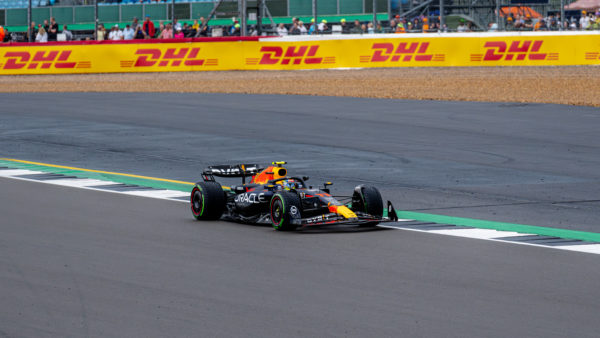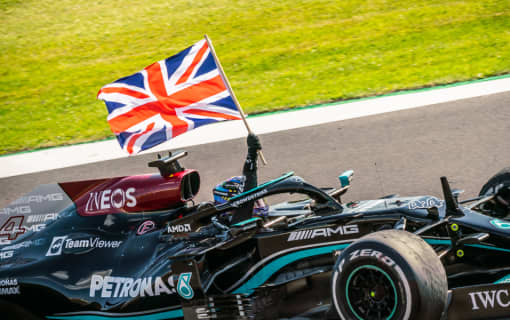(estimated 3 minute read time)
Silverstone is one of the oldest and most iconic race circuits in the world. The circuit is located in Northamptonshire and has been a popular venue for motorsport events since its establishment in 1948. The history of Silverstone is rich with important events, famous drivers, and memorable races.
The origins of the Silverstone circuit date back to World War II when the Royal Air Force used the site as a bomber base. After the war ended, the airfield was abandoned, and local residents began to use the flat, open space as a track for amateur motorcycle racing. This attracted the attention of local car clubs, who started organizing events for cars as well.
In 1948, the Royal Automobile Club (RAC) leased the airfield from the government and established the Silverstone circuit. The first official race at Silverstone was held in October of that year, with a crowd of over 10,000 people in attendance. The winner of the first race was Luigi Villoresi, driving an Alfa Romeo.
The original circuit layout was a simple 3.67-kilometer track that followed the perimeter of the airfield. Over the years, the circuit was modified and expanded, with new corners and chicanes added to make it more challenging for drivers. The most significant change came in 2010 when the circuit was completely reconfigured to improve safety and create more overtaking opportunities. The seats at Silverstone each offer a unique vantage point into the British Grand Prix action.
Silverstone quickly became one of the most popular circuits in the world, and it was soon hosting international events such as the British Grand Prix. The first British Grand Prix was held at Silverstone in 1950, and it has been a regular fixture on the Formula One calendar ever since.

The circuit has also hosted other prestigious events, including the World Sportscar Championship, the Le Mans 24 Hours, and the MotoGP World Championship. The 1970s were a particularly exciting time for motorsport at Silverstone, with legends such as Jackie Stewart, James Hunt, and Niki Lauda all competing on the track.
In addition to hosting races, Silverstone has also been an important testing ground for new technologies and innovations in motorsport. In 1976, the circuit became the first in the world to install a full-scale wind tunnel for testing racing cars. More recently, Silverstone has been at the forefront of developing sustainable technologies, with initiatives such as the use of recycled water for track irrigation and the installation of solar panels to generate renewable energy.
Today, Silverstone is one of the most modern and well-equipped circuits in the world. It has state-of-the-art facilities for teams and spectators, including a museum, a conference centre, and a range of hospitality options. The circuit has also embraced digital technology, with live streaming of races and events, and a mobile app that provides fans with real-time information and updates.
Throughout its history, Silverstone has remained true to its roots as a venue for grassroots motorsport, while also attracting the biggest names in the sport. The circuit has seen many great moments, from legendary victories to heart-breaking crashes, and it continues to be a place where history is made, attracting fans and drivers from around the globe. Its legacy as a venue for grassroots motorsport and a site of historical significance is sure to continue for many years to come.









